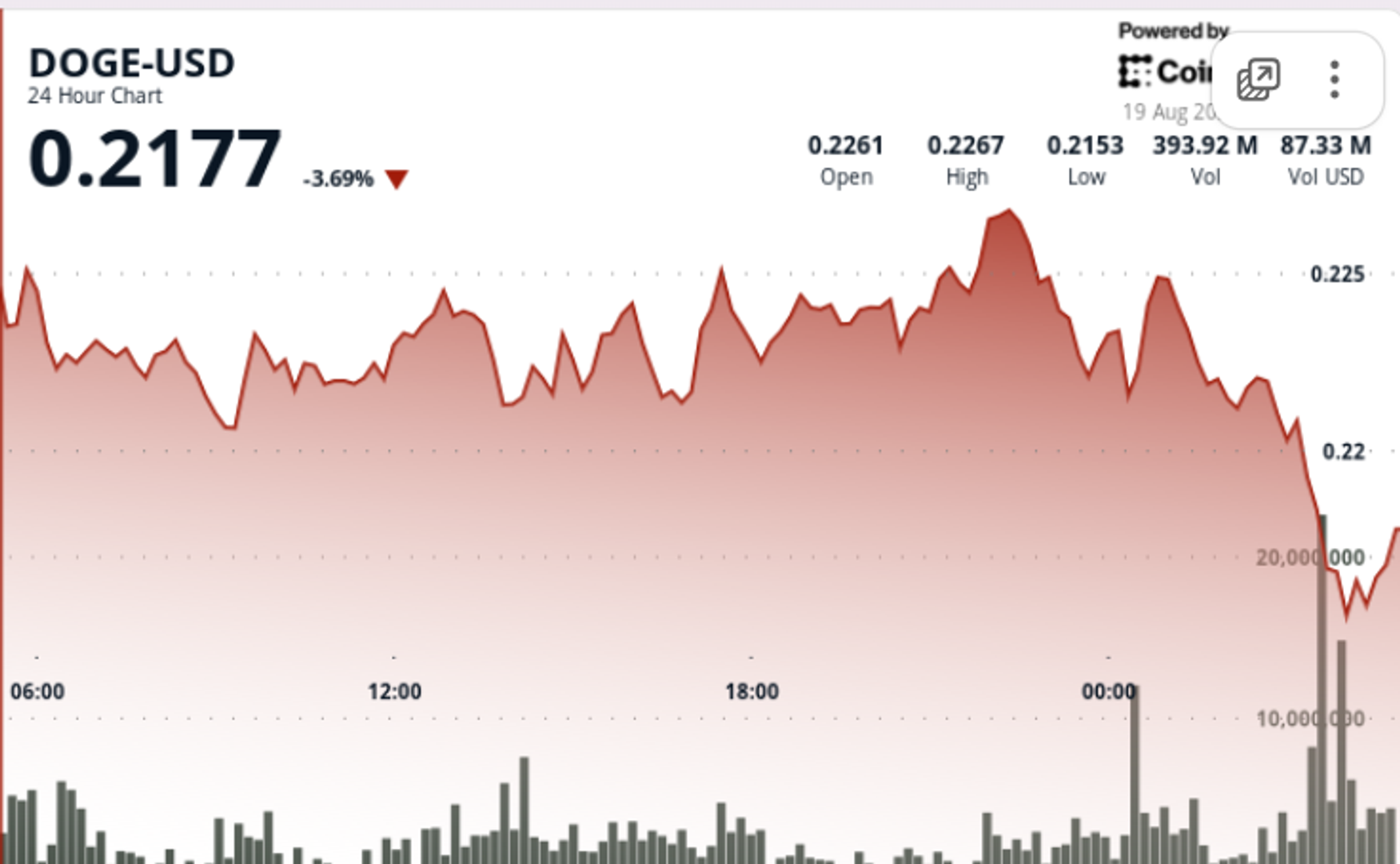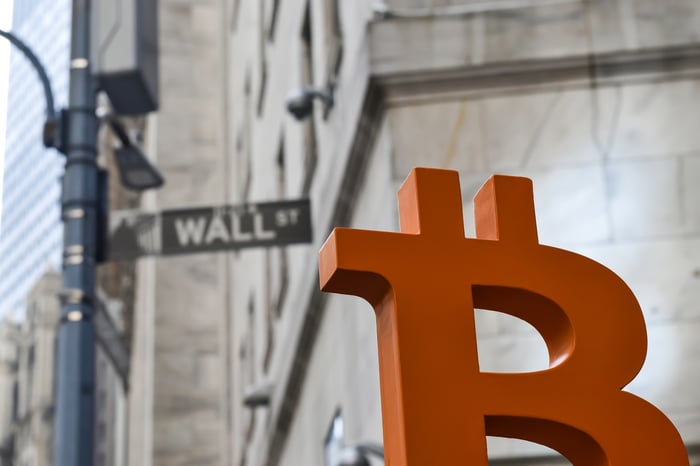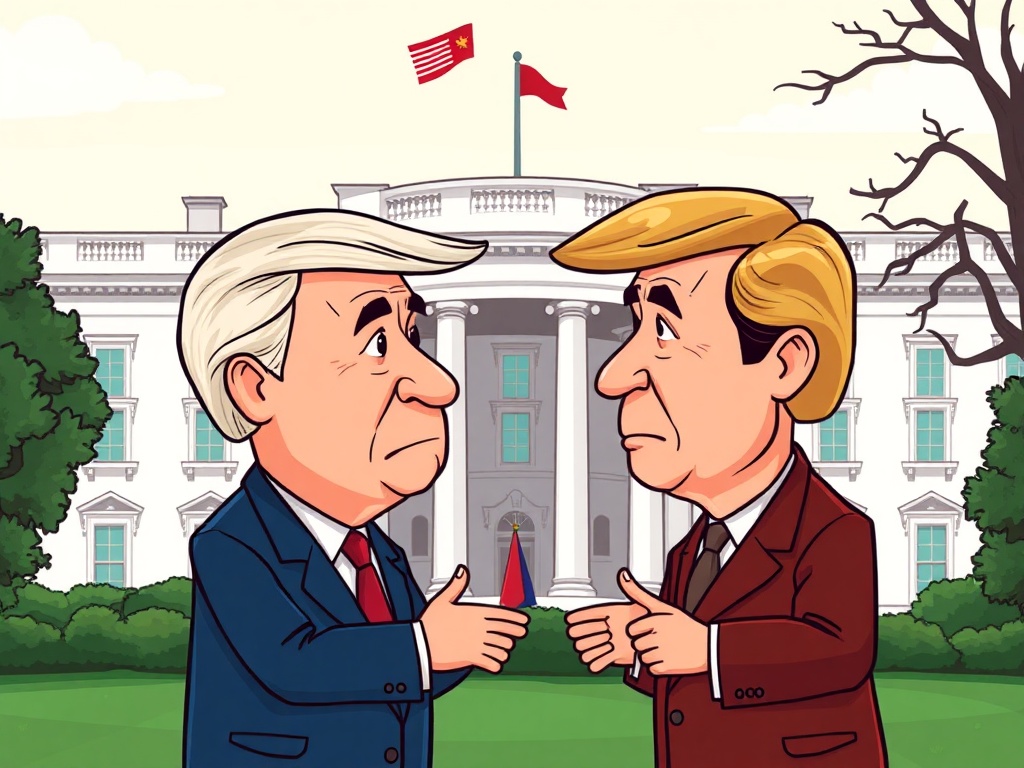U.S. pushes digital identity as cornerstone of crypto ambitions
The Trump administration is escalating its campaign to make the United States the “crypto capital of the world,” placing digital identity at the center of its digital assets strategy.A request for comment from the Department of Treasury that was mandated by the Guiding and Establishing National Innovation for U.S. Stablecoins Act (GENIUS Act) underscores how central identity verification has become to Washington’s vision of a blockchain-driven financial future.The notice, published Monday in the Federal Register, calls on financial institutions, technology companies, and the public to weigh in on “innovative or novel methods, techniques, or strategies to detect and mitigate illicit finance risks involving digital assets.”Specifically, Treasury is seeking ideas on four technological pillars: application programming interfaces (APIs), AI, blockchain monitoring, and digital identity verification.“Innovative tools are critical to advancing efforts to address illicit finance risks but can also present new resource burdens for financial institutions,” Treasury said. “As required by the GENIUS Act, Treasury will use public comments to inform research on the effectiveness, costs, privacy and cybersecurity risks, and other considerations related to these tools.”The request for comment fulfills a requirement of the GENIUS Act, which was signed into law by President Trump in July, and aligns with his broader executive order on Strengthening American Leadership in Digital Financial Technology.Together, these moves reflect a sharp pivot from regulatory hesitancy to an assertive embrace of cryptocurrency infrastructure. In the administration’s framing, digital identities are not merely compliance tools, but rather they are a foundational enabler for both security and innovation.The Working Group on Digital Asset Markets, established by Trump’s January executive order, went further in a July report that explicitly named “digital identity providers” as among the “key infrastructure providers and tools” necessary for the cryptocurrency ecosystem to flourish. The report suggested that widespread adoption of digital ID could accelerate mainstream use of digital assets and bolster trust in blockchain-based financial systems.The report also highlighted privacy-preserving technologies such as zero-knowledge proofs and selective disclosure as mechanisms that can balance identity verification with civil liberties. These cryptographic techniques allow users to prove aspects of their identity without revealing unnecessary personal information, a nod to concerns about surveillance and privacy.Industry voices are echoing that call. Socure’s Jordan Burris, a former federal digital identity official, has argued that the U.S. urgently needs a national digital identity strategy.While mobile driver’s licenses (mDLs) are emerging as one solution, with more than five million already issued nationwide, they are only “part of the equation.” A June executive order rolled back federal support for state-based mDL pilots.David Kelts, chair of the Secure Technology Alliance’s mDL committee, pointed out that mDLs are still the only tangible credential most Americans possess in digital form. For the administration, folding these credentials into a broader crypto strategy signals an attempt to converge identity, finance, and national security priorities.The GENIUS Act establishes a regulatory framework for dollar-backed stablecoins and requires issuers to maintain strict reserves, sets redemption requirements, and classifies them as financial institutions under the Bank Secrecy Act.The goal, according to the White House, is to bolster the dollar’s dominance in global markets while creating a consumer-protection framework to ensure confidence in payment stablecoins.The act also mandated that the Treasury Department solicit public comment on new tools to counter illicit finance risks. In its notice, Treasury outlined the potential of AI, APIs, and blockchain analytics to spot money-laundering typologies and trace flows across pseudonymous ledgers.But digital identity received particular emphasis, with officials noting that portable credentials could be used not only in traditional financial onboarding but also within decentralized finance smart contracts to verify users before transactions execute.One striking element of the White House’s July report is its attempt to reframe the threat of crypto-based illicit finance. Citing blockchain analytics firms, the report claimed that only 0.61 to 0.86 percent of crypto transaction volumes in 2023 -roughly $46 to $58 billion - were linked to illicit activity.While significant in absolute terms, the figures are a fraction of global financial crime flows, which the United Nations estimates to be in the trillions.That framing diverges sharply from Europe’s new Anti-Money Laundering Authority launched in July which describes crypto service providers as “exposed to significant money laundering and terrorist financing risks.”The U.S. Financial Action Task Force has also warned about inconsistent anti-money laundering rules across jurisdictions, cautioning that uneven enforcement leaves open channels for abuse.Nonetheless, the Trump administration appears determined to shift away from what it has called Operation Choke Point 2.0, a Biden-era policy that allegedly pressured banks to cut ties with crypto firms. Instead, the current approach emphasizes public-private collaboration.The Treasury Department’s Financial Crimes Enforcement Network has withdrawn earlier proposals that targeted unhosted wallets and has disbanded its dedicated cryptocurrency enforcement unit. In its place, the administration is elevating private sector-led investigations and systems like the Illicit Virtual Asset Notification platform.Beyond identity and illicit finance, the White House report recommended that Congress expand the Commodity Futures Trading Commission’s (CFTC) authority to oversee digital asset markets and urged both the CFTC and Securities and Exchange Commission to create regulatory “sandboxes.”These experimental zones would allow companies to test financial products under looser rules, while safe harbor provisions would shield innovators from liability as they scale.The philosophy is clear: unleash innovation first, manage risks later. It is a posture consistent with Trump’s campaign rhetoric about dismantling “anti-crypto” bureaucracies and positioning the U.S. as a magnet for digital finance.The Treasury’s request for comment illustrates the tension between that deregulatory spirit and the need for credible safeguards. The department outlined seven factors it will use to evaluate new tools, including costs to financial institutions, privacy risks, cybersecurity, and operational challenges.For APIs, Treasury wants to know whether they can reliably facilitate data-sharing while enforcing strict access controls. For AI, it is interested in how machine learning can map complex illicit finance networks across blockchains.For blockchain monitoring, it asked how analytics firms are integrating on-chain data with off-chain intelligence, and how they are overcoming obfuscation tools that complicate attribution.But it is digital identity that looms largest. Treasury acknowledged industry efforts to create portable, privacy-preserving credentials, but also flagged the resource burdens institutions face in adopting untested tools. It specifically asked stakeholders to detail obstacles - whether legislative, regulatory, or operational - that impede widespread deployment of digital identity verification in crypto markets.The cumulative effect of these moves is to elevate digital identity to the top tier of U.S. digital assets policy. While no national framework yet exists, the momentum is unmistakable. The GENIUS Act requires Treasury to issue further guidance and potentially new regulations once it has collected feedback.The administration has also linked digital identity to its broader AI strategy, noting that identity verification will be critical to securing both finance and information systems.The coming months will reveal how far the White House intends to push. Industry players are expected to respond vigorously to the Treasury’s request, given that the outcome could shape everything from compliance costs to consumer trust.
Read More





















